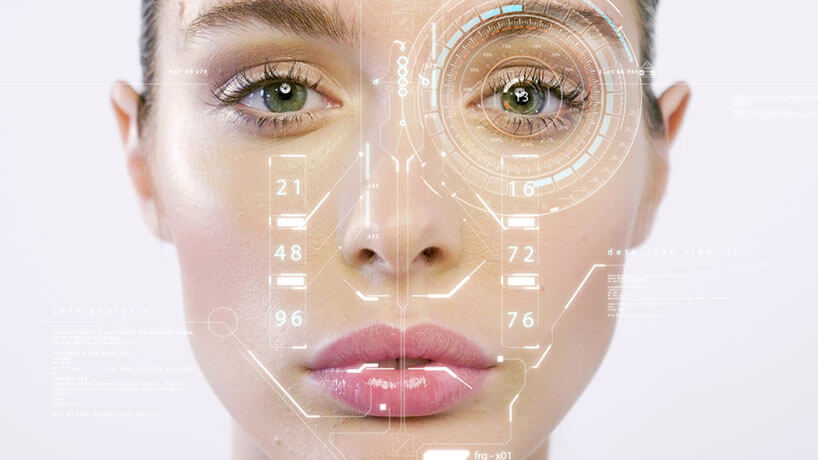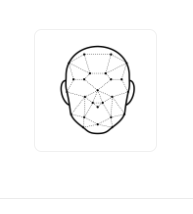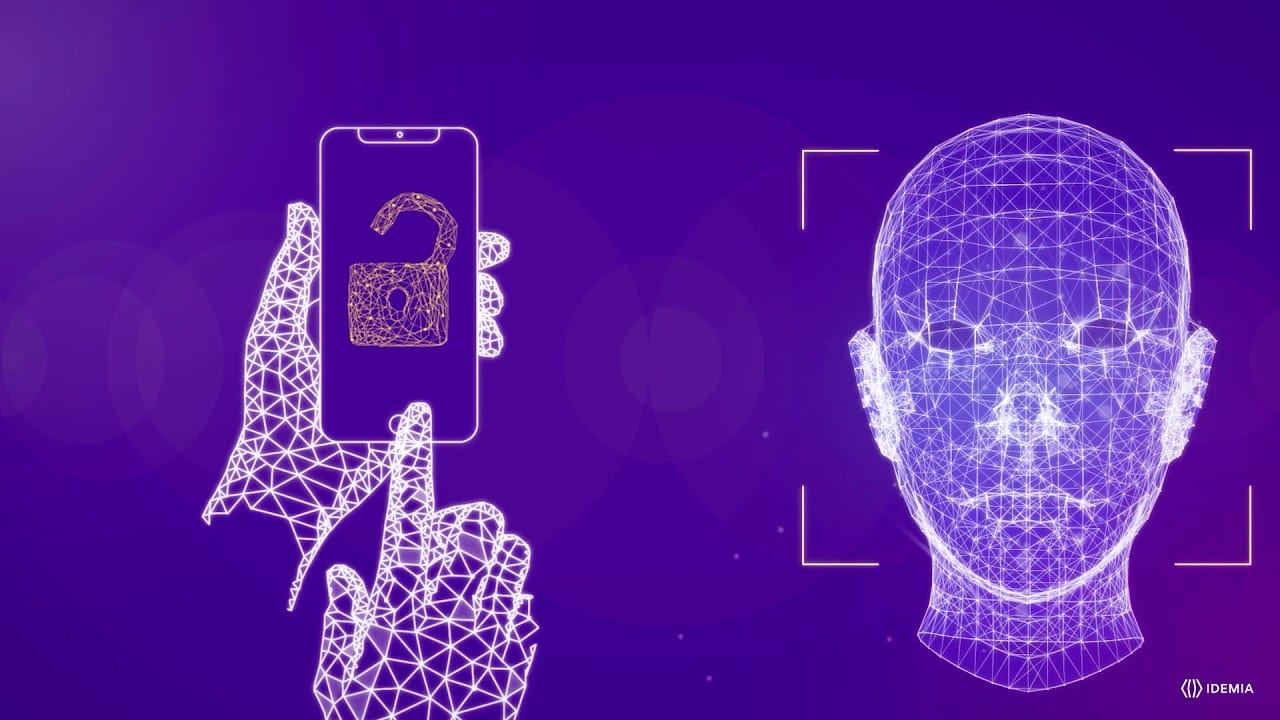Would you like to start using the top 3 identity verification APIs with great and fast results? Keep reading because in this article we will tell you more about it.
Both the means by which our online identities are validated, and digital transactions are evolving. Biometrics is the foundation of Digital Identity Authentication (DIA), which enables machines to perform ID verification and checking in machine-enabled transactions. This procedure aims to create the same impression of security and trust as paper-based credentials and in-person ID verification. The procedure is a little more difficult to prove a digital identity.
A method of recognizing or verifying a person’s identification using their face is facial recognition. People can be recognized using facial recognition technology in real-time or in still images and videos. A subcategory of biometric security is facial recognition. Voice, fingerprint, eye retina or iris recognition are examples of additional biometric software types. Although there is growing interest in using the technology in other areas, security and law enforcement still account for the majority of its uses.

Voice recognition software, retina scanning, fingerprint pads, and other biometric identification techniques frequently coexist with face recognition technology. This approach is particularly effective in settings requiring the highest levels of identification and security, such as border controls, airport and port security gates, and restricted areas housing sensitive information or controlled substances. The procedure is easy to use and provides high accuracy, security, and client confidence.
So, if you need to start using the top 3 identity verification APIs with great and fast results, we highly recommend using the following APIs that we have selected for you. Start using them!

You may determine whether a person appears the same in two images by using the Face Comparison API. The two images can be compared using our artificial intelligence to evaluate whether they truly show the same individual. Only the Base64 or picture URLs will be needed by the API; our AI will take care of everything else.
Additionally, you can use its artificial intelligence to compare the two images to see if they truly depict the same person. To make user registration in bank apps simpler, for instance, you could install a face verification checkpoint at work or use Face Comparison API.
2. DeepFace
A Facebook research team developed the DeepFace facial recognition deep learning technology. In digital photos, it can recognize faces. It employs a nine-layer neural network that was trained using four million photographs supplied by Facebook users and has roughly 120 million link weights.
Modern facial recognition algorithms including VGG-Face, Google FaceNet, OpenFace, Facebook DeepFace, DeepID, ArcFace, and Dlib are supported by the DeepFace hybrid framework.
3. Animetrics
Locating human faces, recognizing feature points, accounting for off-angle photos, and eventually performing facial recognition are all made possible by the Animetrics Face Recognition API. The images are then returned when information about facial features like the chin, mouth, ears, nose, and eyebrows is requested.
The gender and orientation of faces along three axes will also be identified and reported using the Animetrics Face Recognition API. The face can be re-rendered in a position that differs from the one in which it was captured thanks to a distinctive feature called “SetPose.”



